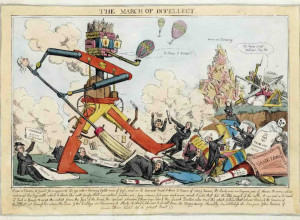Greene, born Belle Marion Greener in 1879, came from a prominent African American family in the Washington, DC, area. Her father, Richard Theodore Greener, was the first Black graduate of Harvard University, the first Black professor at the University of South Carolina, and a diplomat to Russia. When she was a child, her parents separated. The Greener children afterward lived with their mother, who gave music lessons to support them. Belle later dropped the “r” from Greener and adopted the middle name “da Costa,” attributing her complexion to Portuguese ancestry.
“Greene willfully created archival gaps in her biography by destroying her personal papers and diaries,” Ciallela said. “In what survives, there is very little writing about race and nothing about her family’s decision to pass as white.”
In 2021, art historian Daria Rose Foner located 1896 correspondence that discussed Greene’s potential matriculation at the Northfield Seminary for Young Ladies in Massachusetts, where she spent three years. Greene may have started working as a library assistant in the New York Public Library system around this time. In July 1900, she attended Amherst College’s Summer School of Library Economy, which led to a job at Princeton University’s library.




















